Poetic elements, better known as elements of poetry, are the different tools, techniques, and features that poets use to create meaning, mood, and emotion within their poetry.
From an early age, students identify essential parts of a poem.
For example, they can hear the rhythm of a poem when hearing rhyming words at the end of a line.
Apart from rhyming words, upper elementary students need to know poets use different tools and techniques to make people feel a certain way when reading their poetry.
Therefore, one of the first lessons when teaching poetry in 4th and 5th grade is identifying the parts of a poem known as poetic elements.
There is a wide range of poetic elements, and here is a list of the most popular poetry terms for 4th and 5th graders to learn.
If you've ever wondered about simplifying the elements of poetry for your students, this post is for you!
Elements of Poetry for Kids Defined
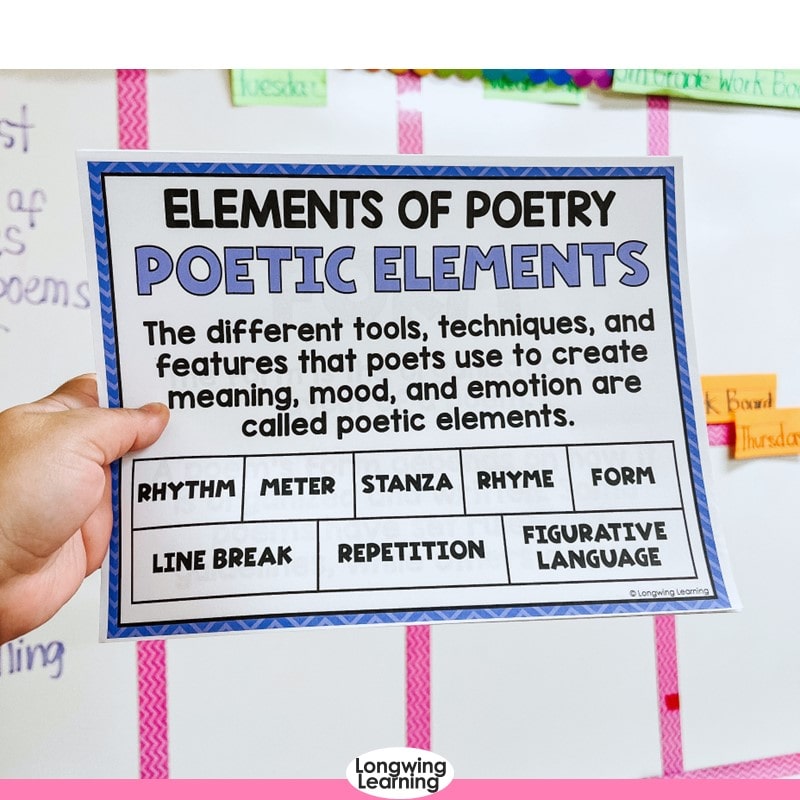
Table of Contents
Form
Form refers to the format and organization of a poem.
In other words, poetry is a particular way of writing. People who write poetry have different ways of writing them.
Each type of poem form has its own specific set of rules or guidelines.
For example, some poems rhyme and are long.
Other poems have different types of organization, like lists or ideas.
Rhyme
Rhyme is the repetition of sounds at the end of words, such as glue and blue.
Poems can include rhyming words within a line of a poem or at the end of every other line.
It is important to remind students to pay attention to the sound and not the letters to identify the rhyme of a poem.
Meter
When explaining meter, emphasize the connection the word has with math.
The word meter is related to measurement and, in a poem, is used to measure the syllables.
Count how many stressed and unstressed syllables there are in a line to find the meter of a poem.
Rhythm
Rhythm is the poem's beat created through meter, rhyme, and figurative language tools such as repetition, alliteration, and imagery.
Rhythm is an integral part of poetry. It decides how the poem will sound when read or performed aloud.
Line Breaks
In poetry, when one line ends and a new one starts, that is called a line break.
Poets sometimes stop a sentence in the middle and start a new one.
They use commas to show that they want to stop a line and begin a new one.
Poets put breaks at the end of some lines to create a rhythm in a poem.
Stanza
Many poems often have lines grouped, known as a stanza.
A space between them separates each stanza. A stanza in a poem looks like a paragraph.
Verse
A line in a poem is called a verse.
Repetition
Repetition, as the word implies, is repeating a word, phrase, or line in a poem.
Poets use repetition to make an important point or highlight the theme of a poem.
Figurative Language
Figurative language is the use of words and phrases beyond their literal meanings.
In other words, poets use words and phrases to describe things in a way that goes beyond their ordinary meaning.
Poems include several types of figurative language, like idioms, metaphors, similes, and imagery, to provide greater insight into the poem's message.
Elements of Poetry Teaching Tip
When introducing the elements of poetry, it is essential to point out that poems, like stories, are composed of different parts called poetic elements.
By weaving this language into your poetry unit, you can help students grasp what makes a poem.
The key thing to remember when teaching students to identify the elements of poetry is that they are not just lists of vocabulary words but are key terms that represent the concepts that ultimately contribute to finding the theme of a poem.
Related Resources
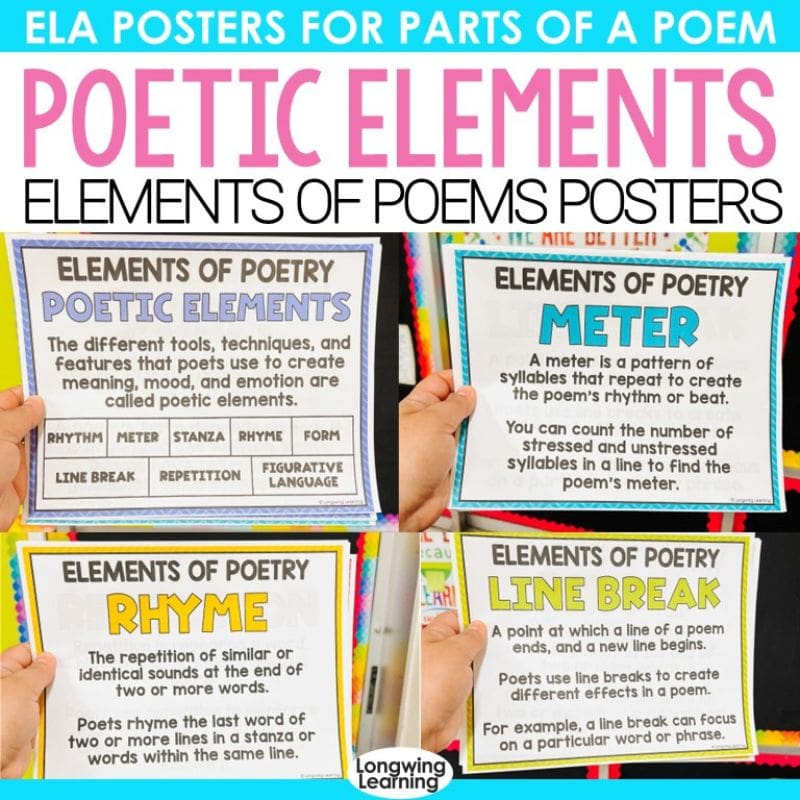
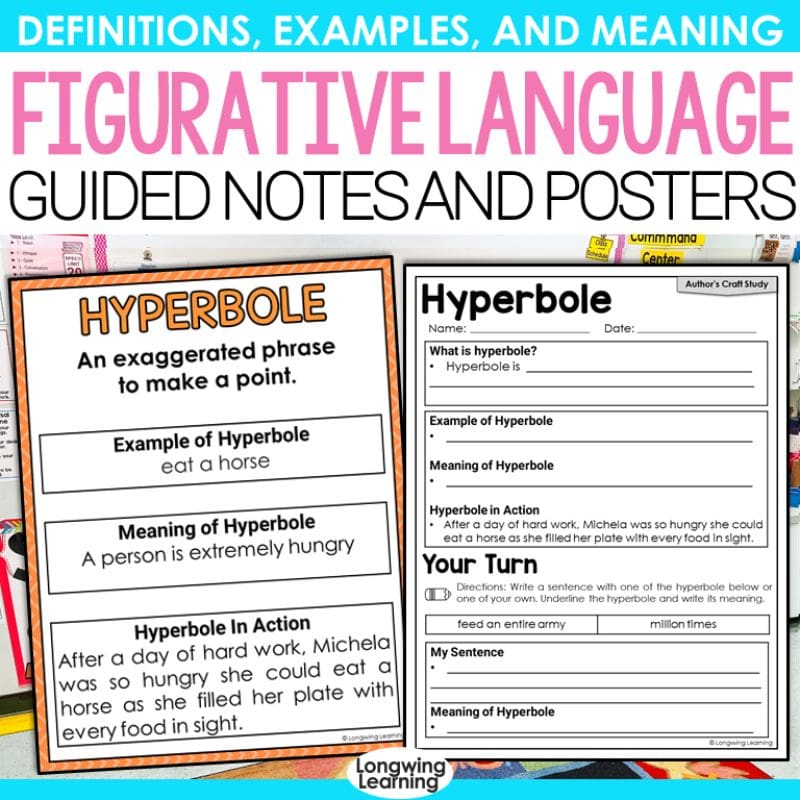
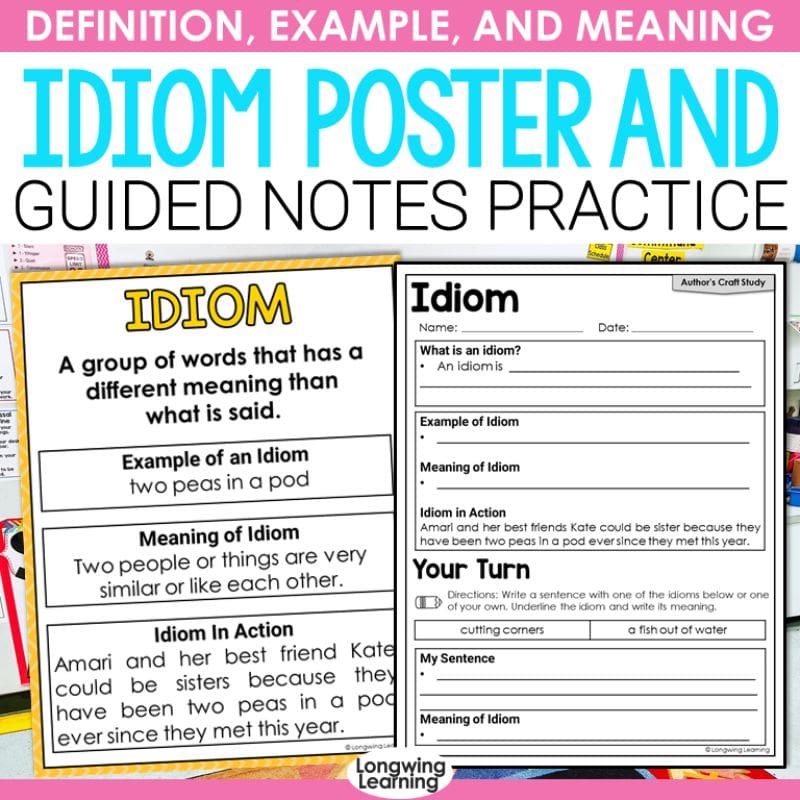

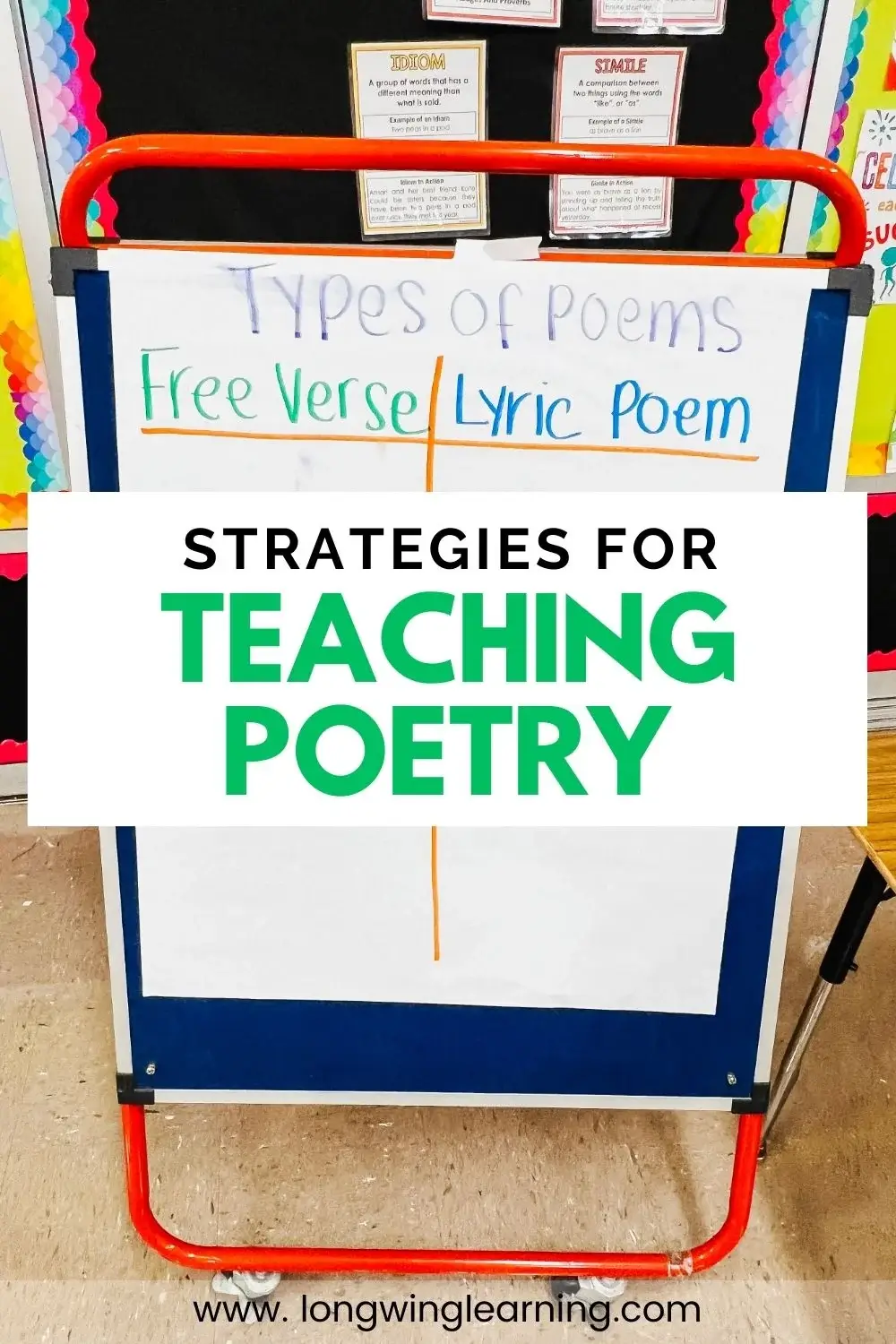

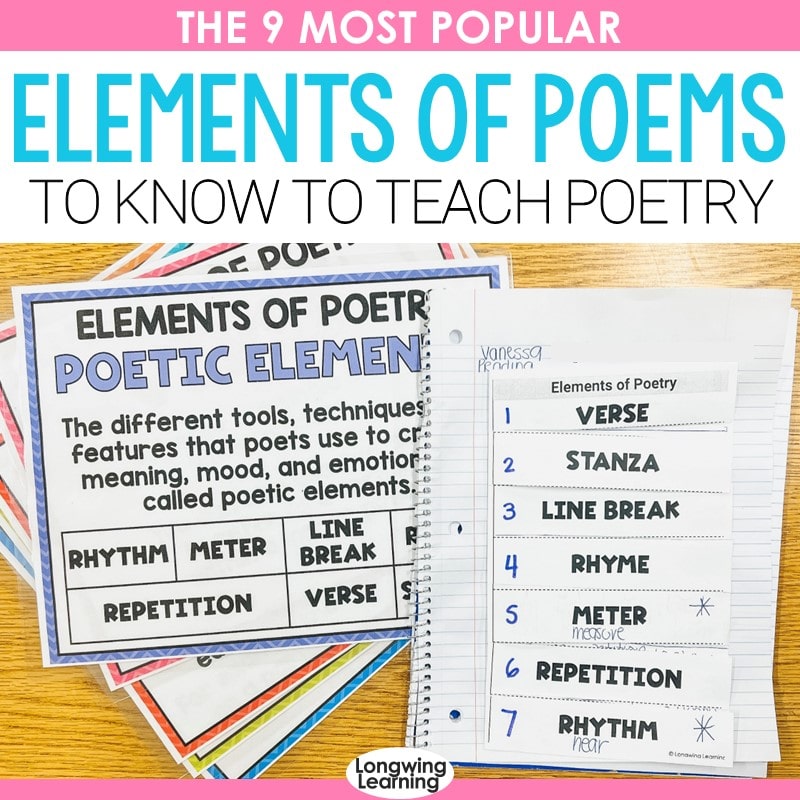
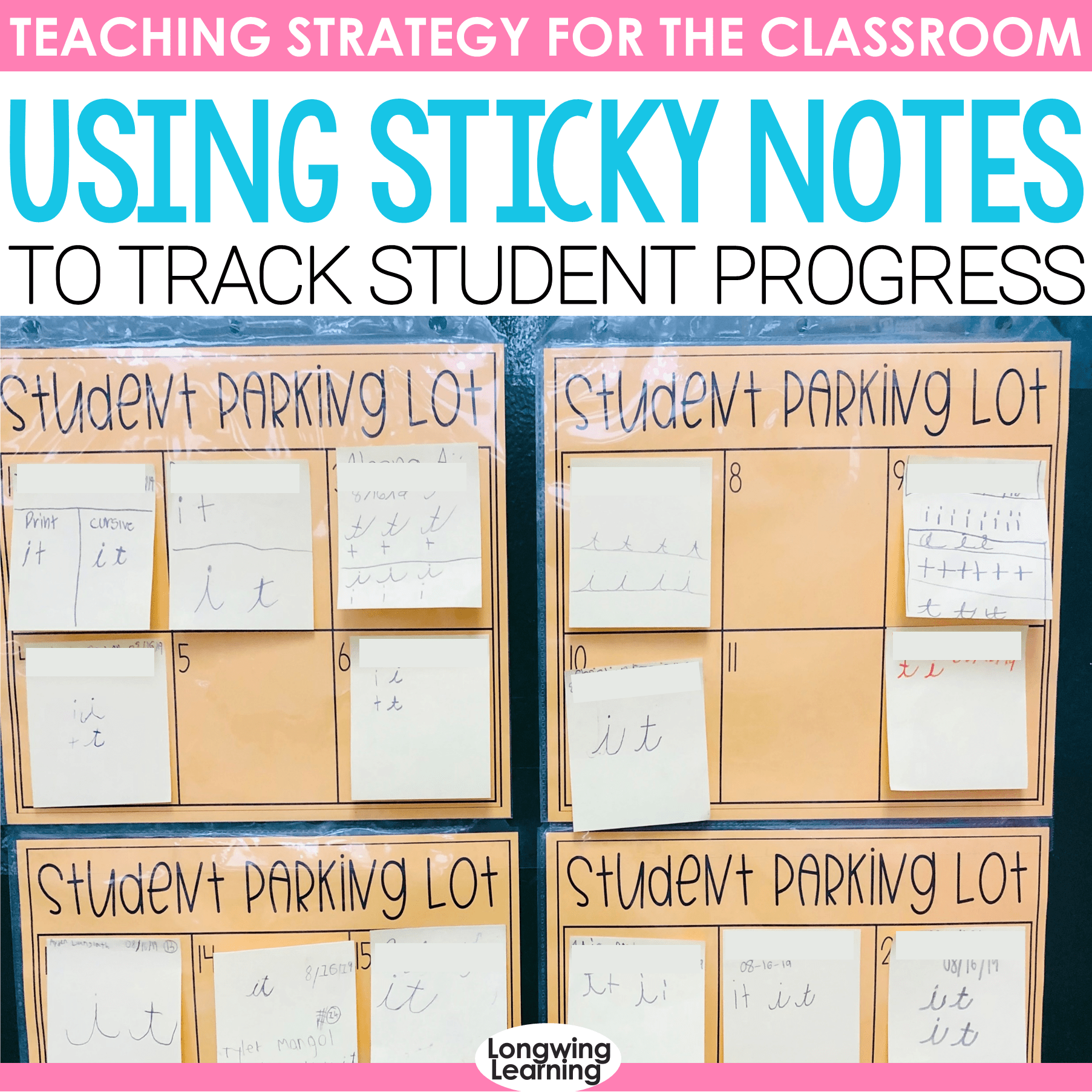
2 thoughts on “The 9 Popular Elements of Poetry To Teach Poetry”
Thank you! Nice to see you again.
Pingback: Explore 7 Strategies To Feel Confident Teaching Poetry In Upper Elementary - Longwing Learning